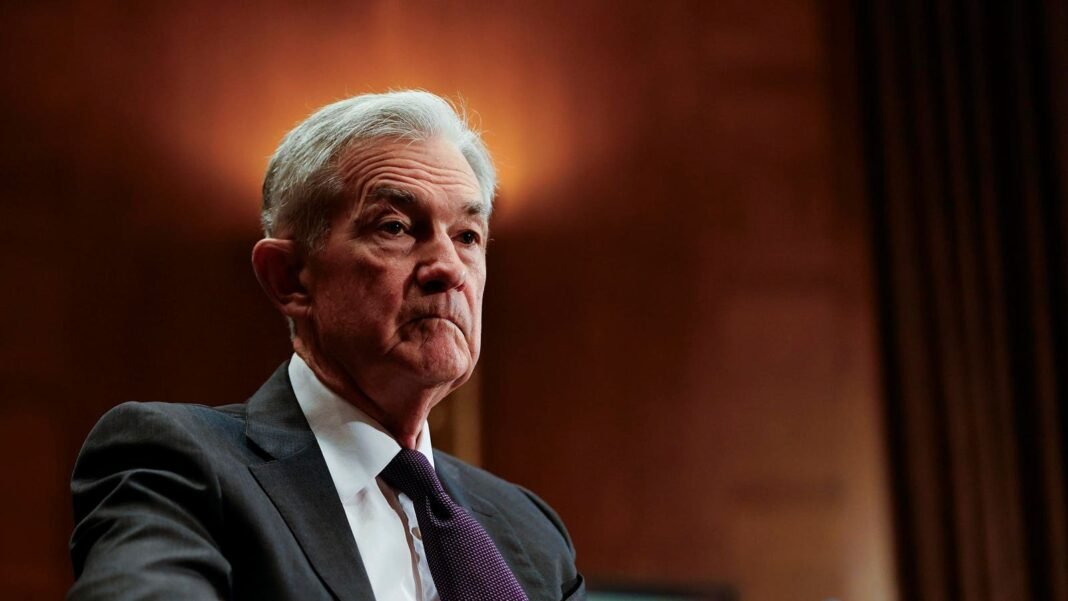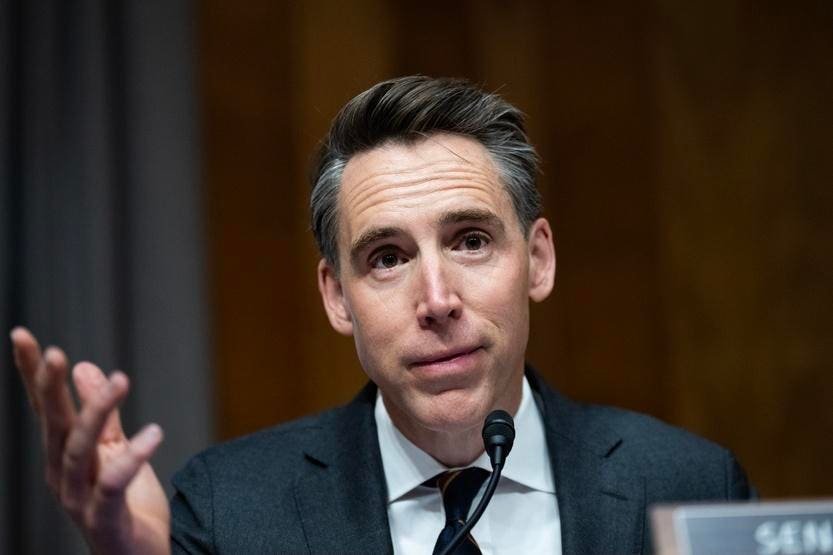Federal Reserve Holds Interest Rates Steady Amid Intensifying Debate
This week, the Federal Reserve opted to maintain its current interest rates, resisting increasing calls for cuts despite vocal pressure from President Donald Trump. Notably, two members of the Federal Open Market committee (FOMC) dissented in this decision-the first time since the early 1990s that dual opposition has occurred.
interest Rate Status and Inflation Targets
The FOMC voted 9-2 to keep the federal funds rate within a range of 4.25% to 4.5%, a level unchanged since December 2024. Fed Governor Adriana Kugler was absent during this vote. The committee reiterated its commitment to a long-term inflation goal of 2%, while recognizing ongoing economic uncertainties fueled by global trade tensions and volatile markets.
Signs of Emerging Division Within Fed Leadership
Governors Michelle Bowman and Christopher Waller broke ranks by advocating for an immediate quarter-point reduction in rates, citing easing inflation pressures and rising economic risks ahead. This rare pair of dissenting votes underscores growing internal debate over future monetary policy directions.
Economic Data Underpinning Cautious Approach
Chair Jerome Powell described the U.S. economy as being on solid footing, highlighting stronger-than-expected GDP growth alongside labor market conditions consistent with maximum employment goals. However,he noted that tariffs are beginning to affect consumer prices,though their full impact on inflation remains uncertain.
“Our current monetary stance positions us well to respond promptly should new economic developments arise,” Powell remarked during his address.
Divergent Views Reflect Uncertainty Over Next Moves
Bowing to recent data showing contained inflationary trends,Bowman expressed openness last week toward supporting rate cuts if these patterns continue. Waller echoed similar views by suggesting preemptive easing before any notable weakening in labor markets could be prudent policy action moving forward.
The Political Context: President Trump’s Pressure on Monetary Policy
Tensions between President Trump and Chair Powell have escalated amid disagreements over interest rate strategy; Trump has publicly criticized Powell’s cautious approach and at times pushed for more aggressive reductions down toward 1%. Although reportedly considering replacing Powell before his term ends in May 2026, no formal dismissal steps have been taken; however, discussions about potential successors continue behind closed doors.
- candidates Being Considered: Include National Economic Council Director Kevin Hassett and former World Bank president David Malpass among those rumored as possible future Fed leaders.
- Treasury Secretary’s Remarks: A formal search process is underway for powell’s eventual successor with suggestions he may step down after his governor term expires in January 2028.
- Legal Barriers: Any attempt by Trump to remove an independent agency head like Powell would face significant legal challenges due to Supreme Court precedents protecting such appointments from removal without cause.
A Noteworthy Meeting Between Trump And Powell
This month featured an unusual public meeting at Federal Reserve headquarters where President Trump engaged directly with Chair Powell; both parties described it positively despite underlying disagreements about interest rate policies going forward.
Trump expressed hope that lower rates would soon be recommended given what he sees as strong national economic performance but acknowledged such moves might come “a little too late.”
The Outlook: Anticipating Future Federal Reserve Actions
The central bank remains vigilant amid mixed signals from domestic indicators and international trade dynamics influencing price stability efforts worldwide.
While some officials foresee gradual easing later this year or early next year depending on how inflation control measures balance against growth sustainability concerns,
others caution against premature loosening which could reignite price pressures or destabilize financial markets already sensitive after years of tightening cycles.
The coming months will likely reveal whether internal consensus strengthens or fractures further within one of America’s most influential policymaking bodies tasked with balancing growth objectives against inflation containment under intense political scrutiny.
Evolving Market Expectations Backed By data Tools
- CME Group Insights: Indicate roughly a two-thirds probability that rates will be cut by a quarter point at September’s FOMC meeting amid persistent trade uncertainties affecting investor sentiment.
- Morgan Stanley Analysis: Suggests Chair Powell will emphasize patience due to unpredictable tariff impacts clouding near-term growth forecasts across sectors like manufacturing and retail services-sectors recently showing signs of slowing expansion compared with last year’s robust pace.
- Bank of America Perspective: Highlights potential for increased dissent among policymakers as contrasting views emerge regarding timing for easing measures versus maintaining vigilance against renewed inflation spikes triggered by supply chain disruptions or energy price volatility seen globally throughout early 2025.





